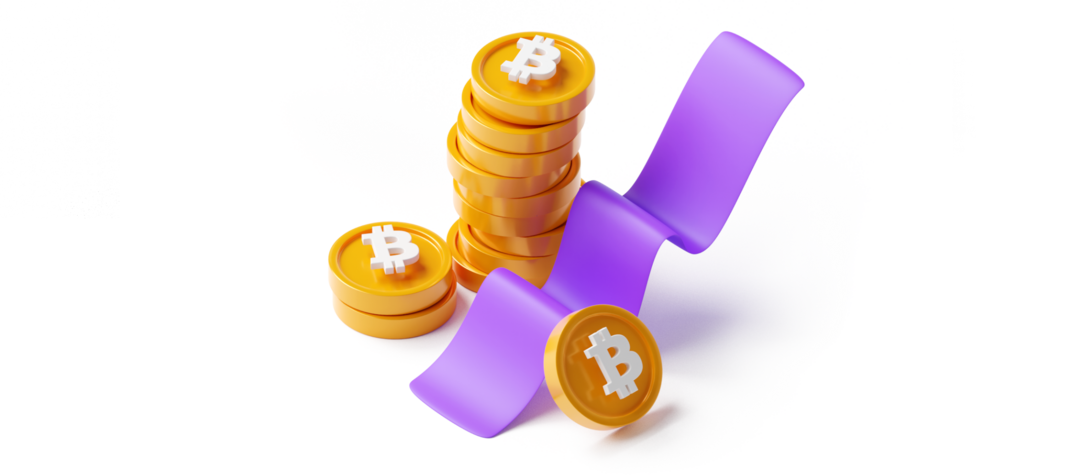The next generation in integrated investing
Crypto trading along side state-of-the-art financials services and cashback, all within one app.

Only €1 to start
You only need a Vivid Account and €1 to buy cryptocurrencies.
More in the app →
Get access to 300+ coins
Learn more →
Instant and free fiat top-ups
Learn more →
0% fee. Even for past purchases.
Learn more →
Trade More - Pay Less
The more you trade this month, the lower your fees will be next month. Unlock free trading with Prime!
More about Prime →
Grow your wealth. Grow with Vivid
Instant crypto Cash-out
Cash out when it matters. Instantly available funds, you are in control.
Stay Connected
Stay up to date on 300+ coins with realtime price alerts.
Trade on the go
Never be caught out, instant trading when it matters.
coming soon
One App - all your finances
Buy and sell crypto, split the bill, create a shared account or earn cashback on your next holiday - all the power of Vivid in one app.
Unlock the Power of the Crypto Earn Pocket
Start earning with Crypto Earn – your gateway to passive crypto growth.
European Trusted Platform
Asset Segregation
Your assets are protected through a MiCAR-compliant segregation model.
- Asset Segregation Framework
- Custody Policy Summary
Protected by insurance
Your crypto pocket is protected from theft, including cyber security breaches.
Empowered by Copper
Your cryptocurrencies are stored at Copper - one of the leading custody provider.
Licensed in the Netherlands
Vivid Money B.V. is a Crypto Asset Service Provider authorised and regulated by the Dutch Authority for Financial Markets (AFM).
Vivid. More than just crypto
Environmental Sustainability
At Vivid, we facilitate trading across both PoW and PoS networks, but we encourage users to be mindful of the environmental implications of their activity. With the growing availability of greener blockchain solutions, traders have more options to reduce their ecological footprint. Learn more here.
Vivid Prime
Discover all the benefits of your all-inclusive current account.
Learn more →